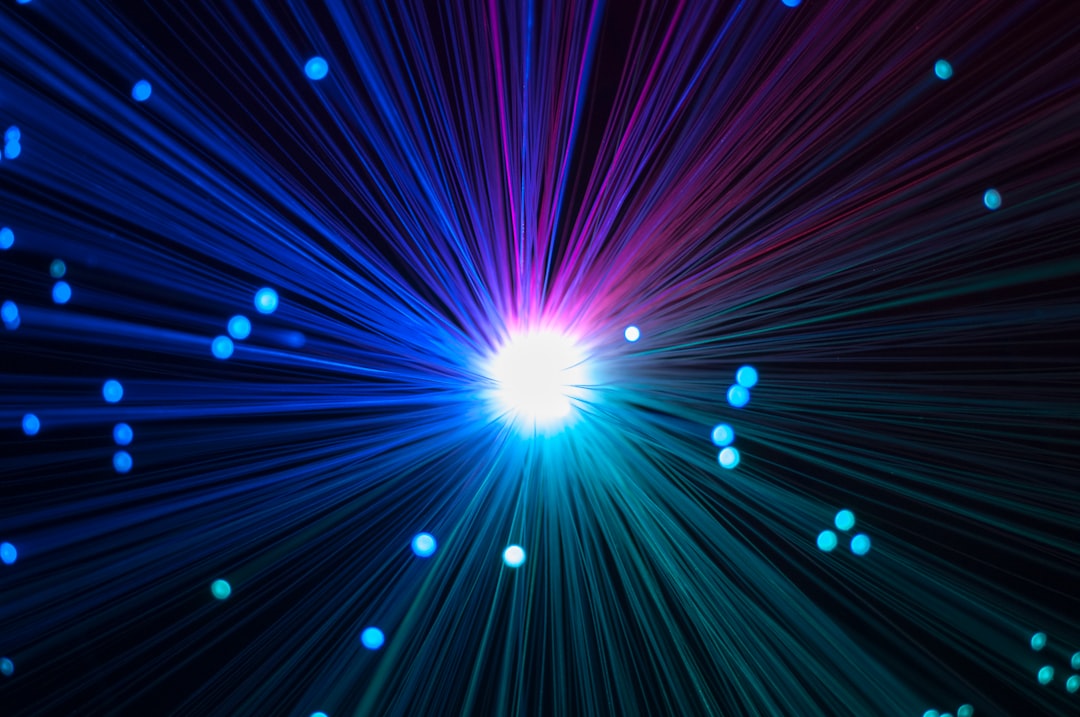
Semiconductor lasers or laser diodes have a significant influence on our regular day to day existence by giving modest and minimized size lasers. They comprise of complex multi-layer structures requiring nanometer-scale exactness and a detailed plan.
Semiconductor lasers are strong state lasers dependent on semiconductor gain media, where optical addition is typically accomplished by invigorated emanation at interband progress under states of a high bearer thickness in the conduction band.
The physical birthplace of an increase in a semiconductor (for the standard instance of an interband change) is delineated in Figure 1. Without siphoning, the vast majority of the electrons are in the valence band. A siphon bar with a photon vitality marginally over the band hole vitality can energize electrons into a higher state in the conduction band, from where they rapidly rot to states close to the base of the conduction band. Simultaneously, the openings produced in the valence band move to the highest point of the valence band. Electrons in the conduction band would then be able to recombine with these openings, transmitting photons with a vitality close to the bandgap vitality. This procedure can likewise be animated by approaching photons with reasonable vitality. A quantitative portrayal can be founded on the Fermi-Dirac disseminations for electrons in the two groups.
Most semiconductor lasers are laser diodes, which are siphoned with an electrical flow in a district where an n-doped and a p-doped semiconductor material meet. Nonetheless, there are likewise optically siphoned semiconductor lasers, where transporters are created by consumed siphon light, and quantum course lasers, where intraband changes are used.
There is an incredibly wide range of semiconductor lasers, crossing wide parameter districts and a wide range of use regions:
Little edge-discharging laser diodes create a couple of milliwatts (or up to 0.5 W) of yield power in a shaft with high bar quality. They are utilized for example in laser pointers, in CD players, and for optical fiber interchanges.
Outer hole diode lasers contain a laser diode as the addition mode of a more extended laser pit. They are frequently frequency tunable and display a little outflow linewidth.
Both solid and outer hole low-power levels can likewise be mode-bolted for ultrashort beat age.
Expansive territory laser diodes create up to a couple of watts of yield power, however with essentially more unfortunate shaft quality.
High-power diode bars contain a variety of wide territory producers, creating many watts with poor bar quality.
High-power stacked diode bars contain heaps of diode bars for the age of very high powers of hundreds or thousands of watts.
Surface-discharging lasers (VCSELs) transmit the laser radiation toward a path opposite to the wafer, conveying a couple of milliwatts with high shaft quality.
Optically siphoned surface-discharging outer depression semiconductor lasers (VECSELs) are equipped for creating multi-watt yield powers with phenomenal shaft quality, even in mode-bolted activity.
Quantum course lasers work on intraband advances (as opposed to interband advances) and generally radiate in the mid-infrared locale, now and again in the terahertz area. They are utilized for example for follow gas examination.
